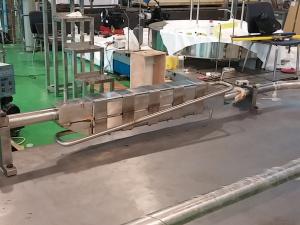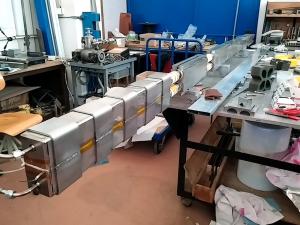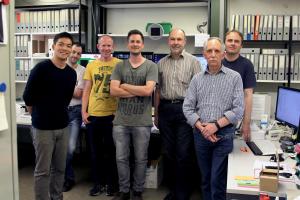The challenge of superconducting joints
Destined for the lower levels of the Tokamak Building the magnet feeders—which will route supercritical helium, large amounts of electrical power and instrumentation to the superconducting magnet systems—are some of the first components required for installation at ITER. Segments manufactured in China will be shipped to the site, where specialized teams will be on hand to assemble and install the full components. The most delicate part of the assembly operation—the creation of superconducting joints—has been the object of a multiyear qualification program.
The procurement of the base materials, the fabrication, and the assembly of the MIFI sample took place under the supervision of the ITER feeder team, which has taken the lead in the design of the sample and has established qualification procedures on key processes such as manufacturing and inspection. These procedures—developed in close collaboration with the MIFI and ASIPP teams—were the basis for the successful testing of both joint samples at ASIPP and SULTAN.




